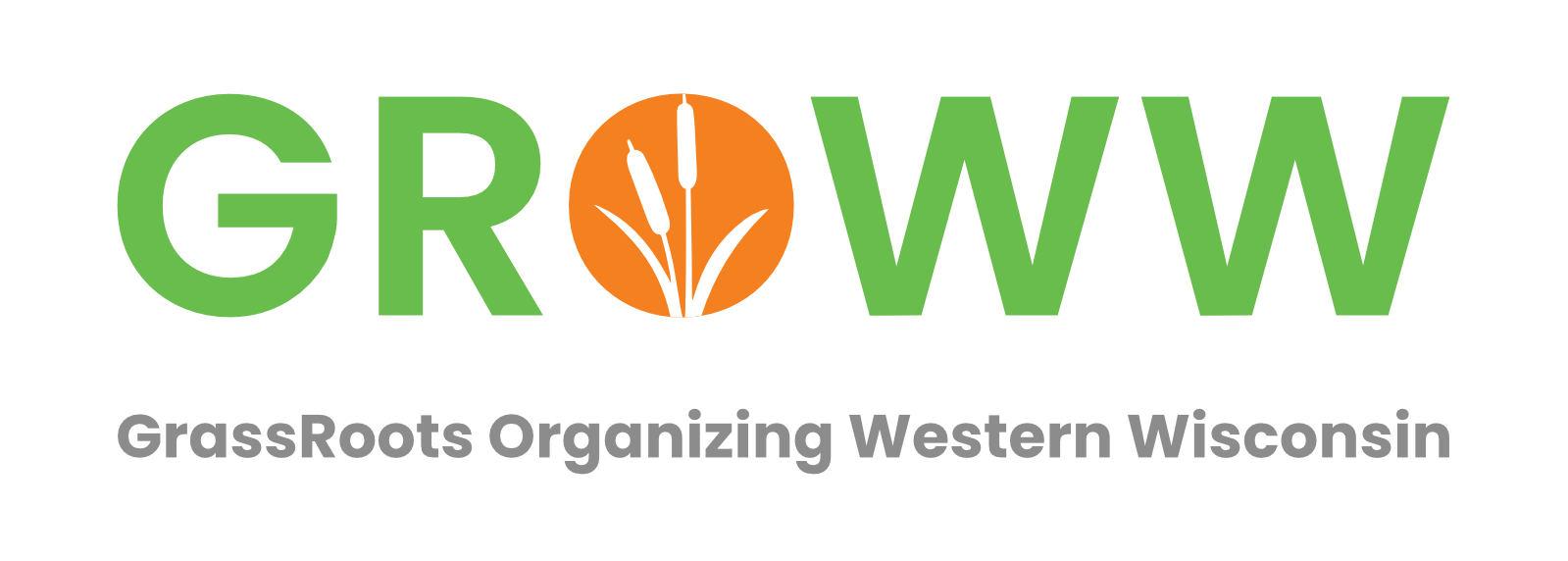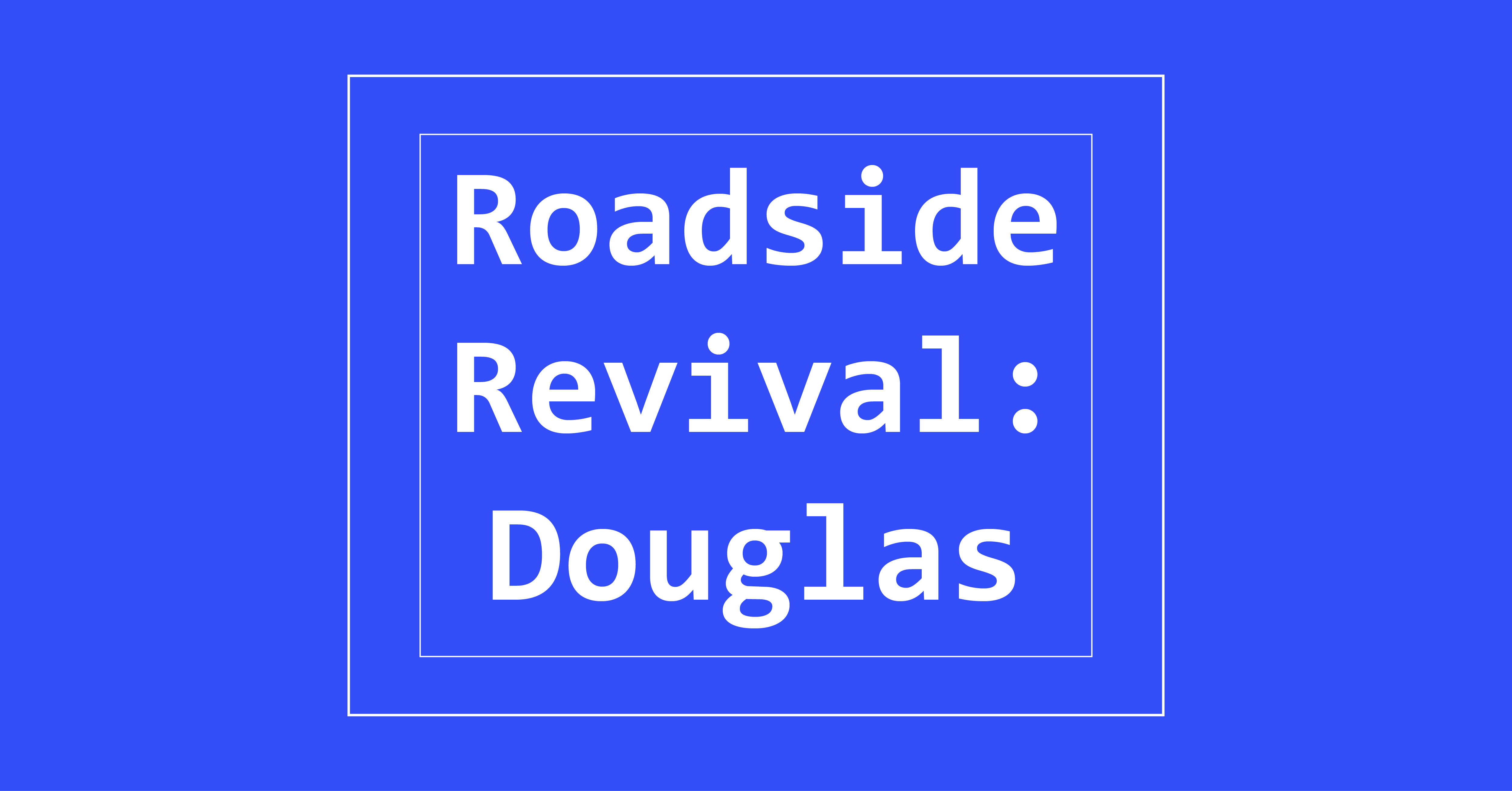Roadside Revival – Douglas
We talked with Douglas, a member of our Roadside Revival team, to talk about what exactly the project is, and what kinds of actions they are taking. This is what he said:
What is Roadside Revival?
~175 years ago Wisconsin was covered by communities of plants that had evolved to prosper on varied habitats following the last glacier’s retreat ~10,000 years ago. As European settlers arrived, they cleared forest, broke the sod of prairies, and planted crops to sustain their families. Roads were graded to connect small farms. Since then, roads have continued to be improved (widened and paved). Most town roads have a sixty foot right of way (30′ either side from the center of the pavement). The bare soil left after this road construction was sown with the most readily available pasture mix of European grasses. While these new plants did a fine job of quickly covering the bare ground to minimize erosion, this process nearly eliminated the former wealth of native plant diversity.
Roadside Revival seeks to return that former native diversity along well traveled highways as well as lightly used town roads. In addition to planting and nurturing this new mix of plants, we seek to demonstrate that less maintenance will be required (both mowing and invasive weed control). This is possible using proper management of the restored native blend of flowers and grasses that thrived here without human care prior to this disturbance.
A group of activists are working to encourage this transformation in collaboration with a variety of groups committed to restoring habitat (Pheasants Forever, Lower Chippewa Invasives Partnership, Audubon, Sierra Club, local garden clubs, Monarch Venture, etc.). We will work side-by-side with those government agencies responsible for roadside care and safety.
Why are you involved with Roadside Revival?
During my years of University training I focused on plant ecology, where plants grow and why. I completed my MS at U of Washington – Seattle in 1981. I spent a few years working in the realm of public policy seeking science-based solutions for a multitude of land management concerns. In 1989, I formed my own landscape company focused on restoring native diversity. Our primary clients were urban, suburban or rural homes seeking to convert their monoculture of lawn into diverse habitat for desired insects, the base of the food chain, and the wealth of birds who require those insects to be able to feed their young. We have witnessed a tremendous loss of habitat over these past 30 years resulting in dramatic declines in the numbers of pollinators as well as bird species. Fortunately, a revolution is underway, helping people grasp that each lawn, or the roadside outside rural properties, can be converted to a rich mix of native plants that will support more pollinators and birds.
What action are you taking now?
Meeting with the staff of Town and County road maintenance to work together restoring native diversity to roadsides. This will probably begin with individual properties where that landowner expresses an interest in joining this effort and will be willing to assist with installation and maintenance. Ultimately, we seek to connect these initial projects to have larger blocks of habitat.



Comments are closed